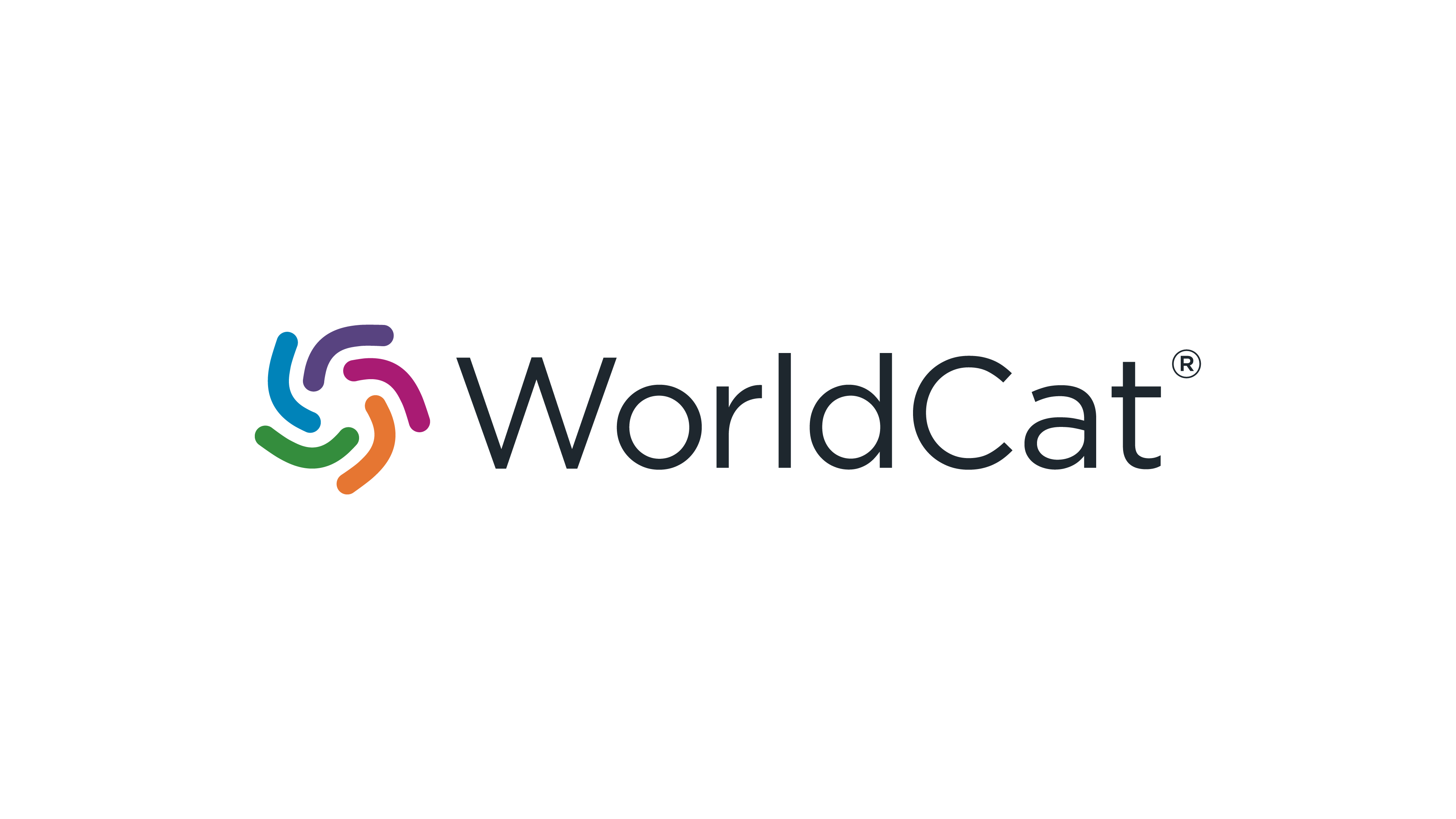THE ROLE OF SELF-MANAGEMENT IN REDUCING WORK STRESS CAUSED BY ROLE CONFLICT, ROLE AMBIGUITY, TIME PRESSURE AND WORK OVERLOAD: EMPIRICAL EVIDENCE FROM PAKISTAN
Keywords:
Work stress, role conflict, role ambiguity, time pressure, work overload and self- managementAbstract
The purpose behind this research was to observe the role of self-management in reducing work stress caused by common stressors (Role Conflict, Role Ambiguity, Time Pressure and Work Overload). Stress is a growing concern in a walk of life, the causes of stress are so many specifically the work stress is researched so muchdue to the significant impact of this on all important variables of business and life in general.It is always an interesting quest to find the remedy for such issues, for this purpose the emotional intelligence is considered the best copy strategy. This research aims at finding the role of second dimensions of emotional intelligence (self-management) which was taken as the independent variable and 2nd order variable technique were used to obtain the work stress from the four stressors. The smart pls 3.0 software was used to achieve the path coefficients (-0.179,-0.321,-0.285,-0.358)(Role Conflict, Role Ambiguity, Time Pressure and Work Overload) respectively. R square (0.032, 0.103, 0.081, 0.128), T statistic (3.510, 6.775, 6.049, 7.333) and p-value (0.000, 0.000, 0.000, 0.000). This study was conducted in the hospital setting of three main hospitals in district Peshawar namely lady reading, Khyber teaching and Hayatabad medical complex. The sample size of 361 nurses and medical staff was obtained using stratified and systematic random sampling techniques.
Downloads
References
AbuAlRub, R.F.(2004). Job stress, job performance and social support among hospital nurses. Journal of Nursing Scholarship, 36(1), 73-78.
Ali, W., Raheem, A., Nawaz, A. and Imamuddin, K. (2014), Impact of Stress on Job Performance: An Empirical study of the Employees of Private Sector Universities of Karachi, Pakistan. International Science Congress Association, 3(7), 14-17.
Ammar, T. (2006), The effect of internal variables on the level of job stress on the employees of Palestinian Universities at Gaza Strip. Master thesis, Islamic university, Gaza, 55.
Arnold, H.J. and Feldman, D.C. (2000), Handbook of psychology, Industrial and Organizational psychology, 304.
Ashforth, B.E. & Lee, R.T. (1990) Defensive behavior in organizations: a preliminary model. Human Relations. 43, pp. 621-48.
Baer, M., & Oldham, G. R. (2006). The curvilinear relation between experienced creative Time Pressure and creativity: moderating effects of openness to experience and support for creativity. Journal of Applied Psychology, 91(4), 963.
Bandura, A. (1977). Self-efficacy: Towards a unifying theory of behavioral change. Psychological Review, 84, 191-215.
Bar-On R (1997). Bar On Emotional Quotient Inventory Technical Manual. MHS Publications, Toronto.
Beutell, Nicholas. (2017). Re: What is the accepted response rate for a survey?. Retrieved from:https://www.researchgate.net/post/what-is-the-response-rate-for-a- survey/5a14701bdc332da5e250373a/citation/download.
Bronner, R. (1982). Decision making under Time Pressure: an experimental study of stress behavior in business management: Lexington Books Lexington, MA.
Cuceloglu D (1999). Human and behaviour, basic concepts of psychology (In Turkish). Remzi Publications, İstanbul.
Dehshiri GhR. (2004) Investigating the relationship between Emotional Intelligence and time management with job stress in high school teachers. News and consulting researches.;4(12):53-64. Persian.
Enjezab, B., & Farnia, F.( 2001) The relationship between job stress and psychological and behavioral responses in midwives working in public hospitals of Yazd province in 1999. Journal of Medical Sciences, Shahid Sadooghi Yazd.;10(3):32-8. Persian.
French, J.R.P., & Caplan, R.D. (1973). Organisational stress and individual strain.In A. J. Marrow (Ed.),
The failure of success. New York: John Wiley. Frone,
Gardner, H. (1983). Frames of mind: The theory of multiple intelligences. New York: Basic Books. Gharib, M., Jami, S. A., & Ghouse, S. M. (2016). The Impact of Job Stress on Job Performance a Case
Study on Academic. International Journal of Economic Research, 13(1), 21–33. Goleman, D. (1998).Working with Emotional Intelligence. New York: Bantom Books. Goleman, D. (2004).An EI-based theory of performance in Cherniss & D, 2004.
Goleman D (2005). Why is Emotional Intelligence more important than IQ? (In Turkish). (Trans. by Banu Greenberg, J and Baron, R.A. (2007), Behavior in organizations: understanding and meaning the
human side of work, Prentice Hall.
Harrison, R.V. (1978). Person-environment fit and job stress. In Cooper, C.L., Payne, R. (Eds.), Stress at Work. New York: Wiley.
Heroux, L., Laroch, M., & McGown, K. L. (1988). Consumer product label information processing: an experiment involving Time Pressure and distraction. Journal of Economic Psychology, 9(2), 195- 214.
Idris, M. K. (2011). Over Time Effects of Role Stress on Psychological Strain among Malaysian Public University Academics, 2(9), 154–161.
Ioannis, N., & Ioannis, T. (2002). Emotional intelligence in the workplace: exploring its effects on occupational stress and organizational commitment. International Journal of Organizational Analysis, 10(4), 327-342
Ivancevich & Matteson (1980) Stress and work, Scott, Forestman and Co., Glenview, IL
Ivancevich, G. & Matteson, M. T. (2002), Organizational Behavior and management. McGraw Hill companies, North America, 270.
Jamal, M. (2005), Burnout among Canadian and Chinese employees: A cross-cultural study. European Management Review, 2, 224-230.
Jawahar, I.M., Stone, T.H., & Kisamore, J.L. (2007). Role Conflictand burnout: The direct and moderating effects of political skill and perceived organizational support on burnout dimensions. International Journal of Stress Management, 14(2): 142-259.
Kahn, R.L., Wolfe, D.M., Quinn, R.P., Snoek, J.D., Rosenthal, R.A., (1964). Organizational stress: Studies in Role Conflict and ambiguity. New York: Wiley. p.19.
Khan, T. I, Saeed, I. Junaid, M., Jawad, S. (2018). Impact of Time Pressure on Organizational Citizenship Behavior: Moderating Role of Conscientiousness. Global Social Sciences Review, III(III), 317–331. https://doi.org/10.31703/gssr.2018(iii-iii).18
King, M., & Gardner, D. (2006). Emotional intelligence and occupational stress among professional staff in New Zealand. International Journal of Organizational Analysis, 14(3), 186-203.
Kinicki, A. J., & Vecchio, R. P. (1994). Influences on the quality of supervisor–subordinate relations: The role of time‐ pressure, organizational commitment, and locus of control. Journal of Organizational Behavior, 15(1), 75-82.
Landa JMA, Lopez-Zafra E (2010). The impact of Emotional Intelligence on nursing: an overview.
Psychology. 1(1): 50–58.
Larson, L.L. (2004). Internal auditors and job stress. Managerial Auditing Journal, 19(9), 1119-1130. Luthans, Fred. (2013). Organizational behavior: an evidence based approach, McGraw Hill, New Delhi.
Matthews G, Emo AK, Funke G, Zeidner M, Roberts RT, Costa PT, Schulze R (2006). Emotional Intelligence, personality and task-induced stress. J Exp Psychol Appl. 12(2): 96–107.
Mohapel, P. (2015).The quick Emotional Intelligence Self-Assessment. San Diego City College MESA Program. Paul.mohapel@shaw.ca.2015
Nikoo Yamani, Maryam Shahabi, F. H. (2014). The relationship between Emotional Intelligence and job stress in the faculty of medicine in Isfahan University of Medical Sciences. Journal of Advances in Medical Education & Professionalism, 2(1), 20–26.
Parker, D. F., & DeCotiis, T. A. (1983). Organizational determinants of job stress. Organizational Behavior and Human Performance, 32, 160–177. doi:10.1016/0030-5073(83)90145-9
Perlow, L. A. (1999). The time famine: Towards sociology of work time. Administrative Science Quarterly, 44, 57–81. doi:10.2307/2667031
Powell, D.R., Singer, C., Brownson-Booth, J., Frank, E., Jackson, S., and Watha, A (2012). Systematic Stress Management™, the American Institute for Preventive Medicine. Retrieved from internet https://healthylife.com/online/demo/Stress/Stress_Management_at_Work Work_Stressor_Questio nnaire.html
Remondet, J. H., & Hansson, R. O. (1991). Job-related threats to control among older employees. Journal of Social Issues, 47(4), 129-141.
Rizzo, J. R., House, R. J. & Lirtzman, S. I. (1970). Role conflict and ambiguity in complex organizations.
Administrative Science Quarterly, 15, pp. 150-163.
Salovey, P., & Mayer, J. D. (1990). Emotional intelligence. Imagination, Cognition and Personality, 9 (3), 185–211.
Seller, R. M., and Damas, A. J. (2002), One role or two? The function of psychological separation in role conflict. Journal of Applied Psychology, 87(3), 574-582.
Selye H (1985). The Stress of Life. Springer-Verlag, New York.
Singh Narban, J., Pratap, B., Narban, S., & Singh, J. (2016). A Conceptual Study on Occupational Stress (Job Stress/Work Stress) and its Impacts. Jaipur (Rajasthan). 2 M.Sc (CS), (1), 2395–4396.
Solomon, I., & Brown, C. (1992). Auditors' judgments and decisions under Time Pressure: an illustration and agenda for research. Paper presented at the Proceedings of the 1992 Deloitte &
Touche/University of Kansas Symposium on Auditing Problems.
Sunil, K. (2009). Role of Emotional Intelligence in Managing Stress and Anxiety at workplace. In ASBBS Annual Conference: Las Vegas (Vol. 16).
Szilagyi, A. and wallace, M. (1987), organizational behavior and performance, Pearson Scott Foresman.
Ucar F (2004). The role of the mind in stress, and cognitive and psychological disorders related to stress (In Turkish). Turkish Psychology Bulletin. 10(34-35): 85–102.
Yongkang, Z., Weixi, Z., Yalin, H., Yipeng, X., & Liu, T. (2014). The Relationship among Role Conflict
, Role Ambiguity, Role Overload and Job Stress of Chinese Middle-Level Cadres, 3(1), 8–11.
Downloads
Published
How to Cite
Issue
Section
License

This work is licensed under a Creative Commons Attribution-NonCommercial-NoDerivatives 4.0 International License.
You are free to:
- Share — copy and redistribute the material in any medium or format for any purpose, even commercially.
- Adapt — remix, transform, and build upon the material for any purpose, even commercially.
- The licensor cannot revoke these freedoms as long as you follow the license terms.
Under the following terms:
- Attribution — You must give appropriate credit , provide a link to the license, and indicate if changes were made . You may do so in any reasonable manner, but not in any way that suggests the licensor endorses you or your use.
- No additional restrictions — You may not apply legal terms or technological measures that legally restrict others from doing anything the license permits.
Notices:
You do not have to comply with the license for elements of the material in the public domain or where your use is permitted by an applicable exception or limitation .
No warranties are given. The license may not give you all of the permissions necessary for your intended use. For example, other rights such as publicity, privacy, or moral rights may limit how you use the material.





